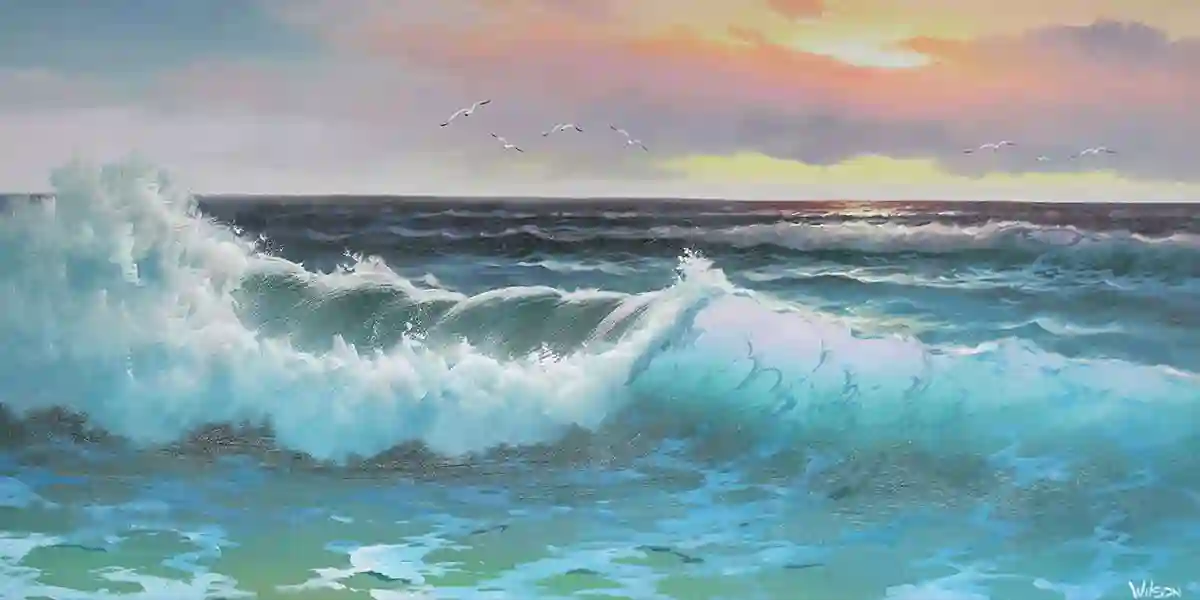Photographs capture moments frozen in time, preserving memories and emotions that hold deep personal significance. While photographs are powerful in their own right, some artists seek to elevate these memories to a higher plane of artistic expression by transforming them into oil paintings. In this article, we will explore the process and significance of turning photographs into oil masterpieces, shedding light on the creative journey that allows artists to breathe new life into cherished memories.
The Power of Photographs as Memories
Photographs are windows to the past, encapsulating moments, people, and places that have shaped our lives. They serve as tangible reminders of the milestones, celebrations, and everyday moments that are dear to us. A photograph has the ability to transport us back in time, evoking emotions, sparking nostalgia, and rekindling cherished memories.
While photographs capture the essence of a moment, they also have their limitations. They are two-dimensional representations that may not fully convey the depth, texture, and emotional nuances of the original experience. This is where the transformative magic of oil painting comes into play.
From Image to Oil Painting: The Creative Process
Turning a photograph into an oil painting involves a multi-step creative process that combines technical skill with artistic interpretation. Here are the key steps involved:
- Photograph Selection: Artists begin by choosing a photograph that holds personal significance or resonates with them emotionally. This could be a family portrait, a scenic landscape, a candid moment, or any image that captures a meaningful memory.
- Composition and Planning: The artist carefully considers the composition of the photograph and how it can be translated into a painting. Decisions regarding scale, color palette, and overall aesthetics are made during this phase.
- Canvas and Materials: An appropriate canvas size and type are selected to match the desired dimensions and style of the painting. High-quality oil paints and brushes are essential for achieving the desired level of detail and expression.
- Sketching and Underpainting: The artist begins by creating a preliminary sketch on the canvas, outlining the key elements and composition. An underpainting, often executed in a monochromatic palette, is then applied to establish the basic values and shapes.
- Layering and Detailing: Multiple layers of oil paint are applied to the canvas, gradually building up the colors, textures, and details. This stage requires precision and patience as the artist works to capture the nuances of the original photograph.
- Emotional Connection: Throughout the process, the artist draws on their emotional connection to the subject matter, infusing the painting with personal sentiment and depth. This emotional investment is what sets an oil painting apart from a simple reproduction.
- Finishing Touches: The final touches, such as highlights, shadows, and fine details, are meticulously added to the painting. These finishing touches bring the artwork to life and enhance its realism.
- Drying and Varnishing: After completion, the oil painting must be allowed to dry thoroughly, a process that can take weeks or even months. Once dry, a protective varnish is applied to preserve the painting’s colors and surface.
The Significance of Transformation
Transforming a photograph into an oil painting is not merely a technical endeavor; it is a deeply personal and artistic journey. The act of painting allows the artist to breathe life into the memory, infusing it with their unique perspective, emotions, and interpretation. This transformation elevates the memory from a fleeting moment to a lasting work of art that can be cherished for generations.
Capturing the Essence
Oil paintings have the capacity to capture the essence of a memory in a way that a photograph may not fully achieve. The artist can emphasize certain details, evoke specific emotions, and even add or subtract elements to enhance the narrative or visual impact. This creative freedom allows for a more intimate and personalized representation of the memory.
Preserving the Legacy
One of the most profound aspects of turning photographs into oil paintings is the preservation of a legacy. These paintings become heirlooms that can be passed down through generations, allowing future family members to connect with and appreciate the memories of their ancestors. The paintings serve as tangible links to the past, carrying forward the stories and emotions of those who came before.
Emotional Impact
For both the artist and the viewer, an oil painting created from a cherished photograph can be emotionally resonant. It serves as a testament to the importance of the memory, a visual reminder of the love and connection shared with the subjects in the photograph. The act of painting becomes a form of emotional expression and catharsis, allowing the artist to relive the emotions associated with the memory.
Creating a Dialogue
When a photograph is transformed into an oil painting, it becomes a conversation piece—a work of art that invites dialogue and reflection. Viewers often find themselves drawn to these paintings, curious about the story behind the image and the artist’s interpretation. This dialogue between the viewer and the artwork creates a deeper connection and appreciation for the memory.
Conclusion:
The act of transforming photographs into oil paintings is a powerful and transformative process that brings cherished memories to life in a profound way. It combines technical skill with artistic interpretation, allowing artists to capture the essence of a memory and infuse it with emotion and personal significance. These oil masterpieces serve as timeless tributes to the past, preserving legacies and creating a visual dialogue that transcends time and space. Whether as a personal project or a commissioned work of art, the transformation of photographs into oil paintings is a testament to the enduring power of art to capture the beauty and significance of life’s most precious moments.


Comment here